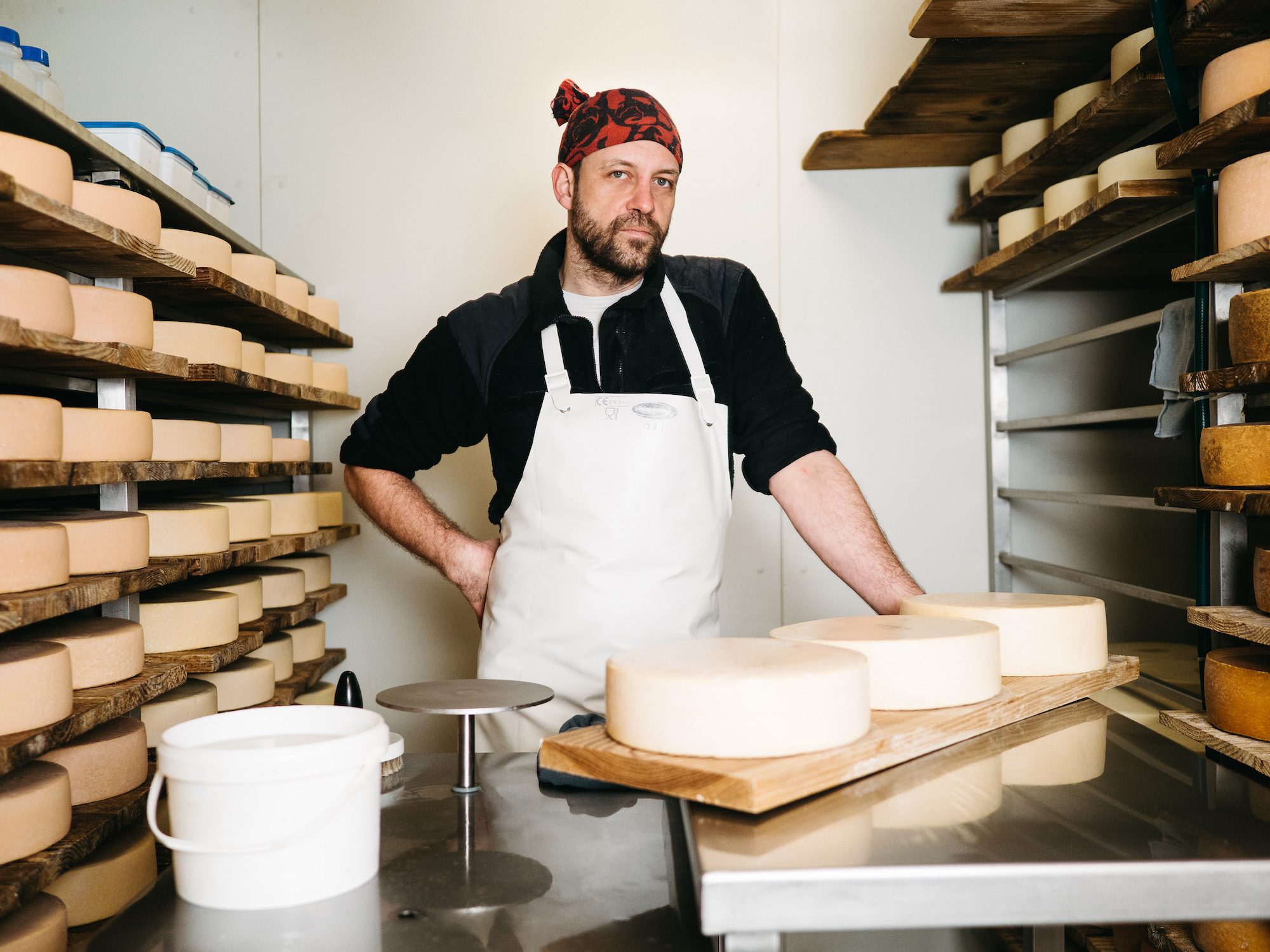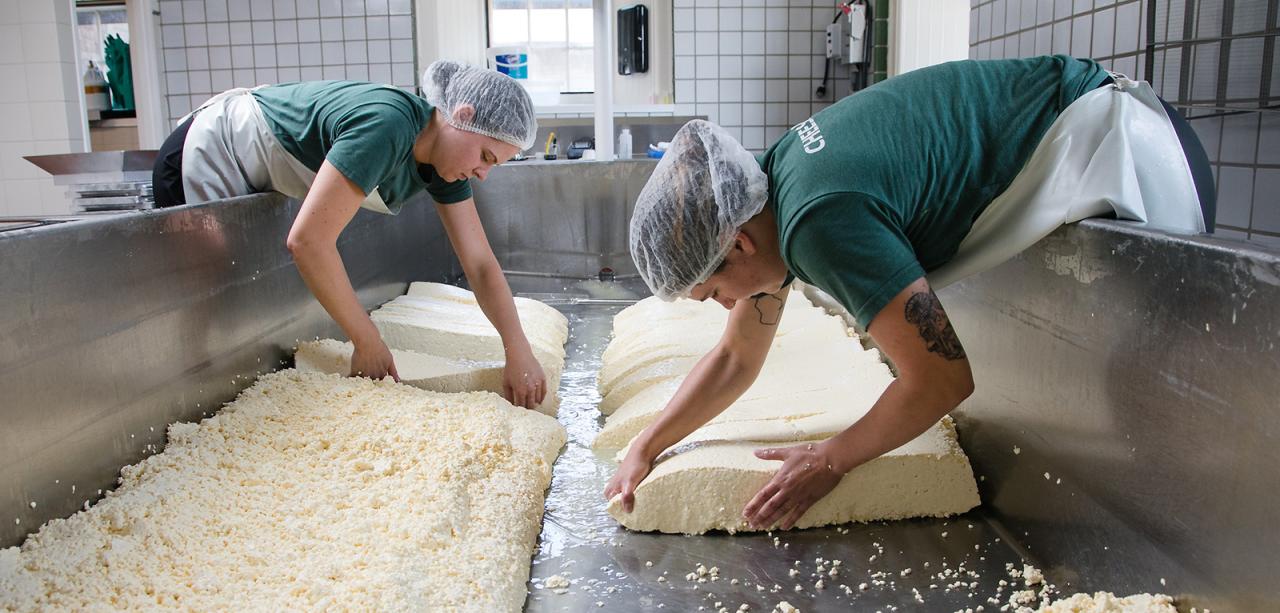Premier Cheese Makers in Melbourne: The Tale of Floridia Cheese Thomastown
Premier Cheese Makers in Melbourne: The Tale of Floridia Cheese Thomastown
Blog Article
Opening the Keys of Artisanal Cheese Making: A Step-by-Step Do It Yourself Overview
In the world of cooking craftsmanship, artisanal cheese making stands as a testimony to the fragile balance between tradition and development. As we begin on this journey to demystify the art of producing elegant cheeses, we are encountered with a tapestry of secrets and abilities waiting to be unraveled.
Selecting the Right Milk
When starting the trip of artisanal cheese production, the option of milk plays an essential role in identifying the top quality and attributes of the end product. The sort of milk picked influences the taste, structure, and generally profile of the cheese. Raw milk, right from the pet, is preferred by lots of artisanal cheesemakers as a result of its one-of-a-kind blend of enzymes, microorganisms, and taste substances. Nonetheless, utilizing raw milk comes with policies and risks, making pasteurized milk a much safer alternative for newbies.
Furthermore, the resource of the milk, whether from cows, goats, sheep, or buffalo, contributes unique tastes and qualities to the cheese. Each type of milk brings its very own subtleties, allowing for a broad range of cheese ranges to be crafted based on the chosen milk.
Culturing and Coagulating
To start the cheese-making procedure, the critical steps of culturing and coagulating need to be meticulously carried out to transform milk right into curds and whey. The kind of society utilized can substantially influence the taste, structure, and ripening of the final cheese item.

The timing and temperature level control during culturing and coagulation are crucial factors that affect the last end result of the cheese. Correct implementation of these steps is vital to make certain the preferred texture, taste, and uniformity of the artisanal cheese being created.
Draining and Pushing Curds
After the milk healthy proteins have actually coagulated and the curds have been reduced to release whey, the next important action in artisanal cheese making involves draining pipes and pushing the curds to achieve the preferred texture and consistency of the last cheese item. The time for draining pipes can vary depending on the type of cheese being made More about the author and the wanted moisture material.
Once the curds have completely drained pipes, the next step is pushing. Pressing aids expel any type of continuing to be whey and compacts the curds to form a strong cheese wheel. Pushing can be done using specialized cheese presses that apply consistent and gentle pressure over a period of time. The period and stress used throughout pressing will affect the last appearance of the cheese, from velvety and soft to tough and firm. Proper draining and pressing are critical actions that dramatically impact the quality and qualities of the artisanal cheese being produced.
Aging and Flavoring Techniques
Executing thorough aging and flavor strategies is essential in enhancing the depth and intricacy of artisanal cheeses, elevating their preference profiles to charming degrees of improvement and refinement. Aging plays a vital role in establishing the unique flavors and appearances that distinguish artisanal cheeses.
Seasoning methods likewise add considerably to the last preference of artisanal cheeses. Cheesemakers may choose to present added flavors by incorporating active ingredients such as natural herbs, seasonings, or even fruits into the cheese throughout the manufacturing procedure. Additionally, some cheeses are washed or scrubed with various liquids, such as salt water or alcohol, to boost their textures and flavors.
Wrapping and Keeping Cheeses

Final Thought
In verdict, mastering the art of artisanal cheese making involves very carefully picking the appropriate milk, adhering to precise culturing and coagulating next page processes, draining and pressing curds effectively, and utilizing various aging and flavoring techniques. Remember to wrap and save your cheeses effectively to ensure ideal taste and structure growth.
Each kind of milk brings its very own subtleties, permitting for a broad variety of cheese ranges to be crafted based on the selected milk.After the milk healthy proteins have actually coagulated and the curds have actually been reduced to launch whey, the following critical action in artisanal cheese making includes draining pipes and pressing the curds to accomplish the wanted texture and consistency of the last cheese item. The majority of cheeses should be covered in wax paper or cheese paper to permit them to breathe while shielding them from drying out. For cheeses that need to proceed aging, such as bloomy peels or cleaned skins, ensure they are stored in an awesome atmosphere like a cheese cave or a fridge established to the appropriate temperature level. By paying attention to the wrapping and storage of artisanal cheeses, cheese manufacturers and fanatics can preserve the honesty of these delicacies and fully enjoy their intricate tastes.
Report this page